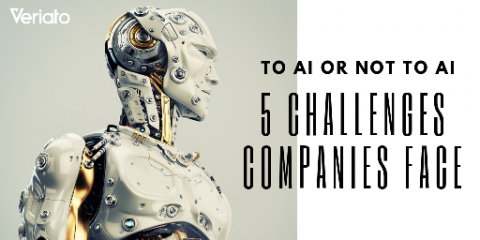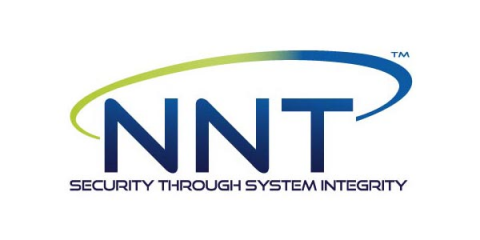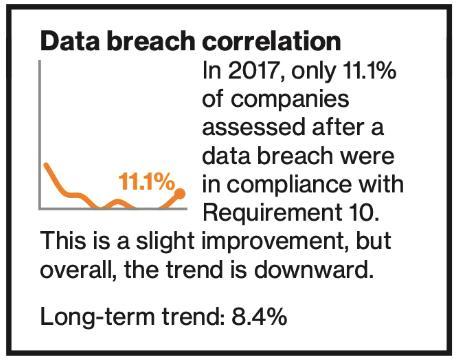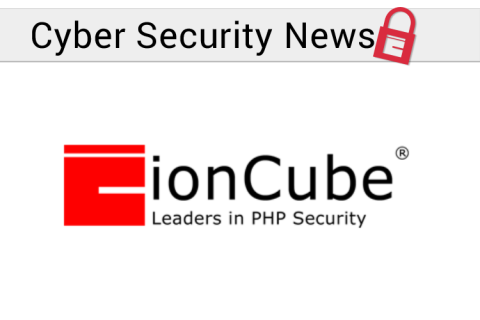To AI or Not to AI - Five Challenges Companies Face When Attempting to Embrace AI
Artificial intelligence is one of the biggest buzzwords of the year. It seems to be a much-needed answer to many woes across various industries and inherent challenges. While many are embracing the concept, others remain skeptical about the true benefit that artificial intelligence can have in businesses. No matter what side of the fence a company is on, there are some considerations to keep in mind and common mistakes to be mindful of as you embark on your AI journey.








